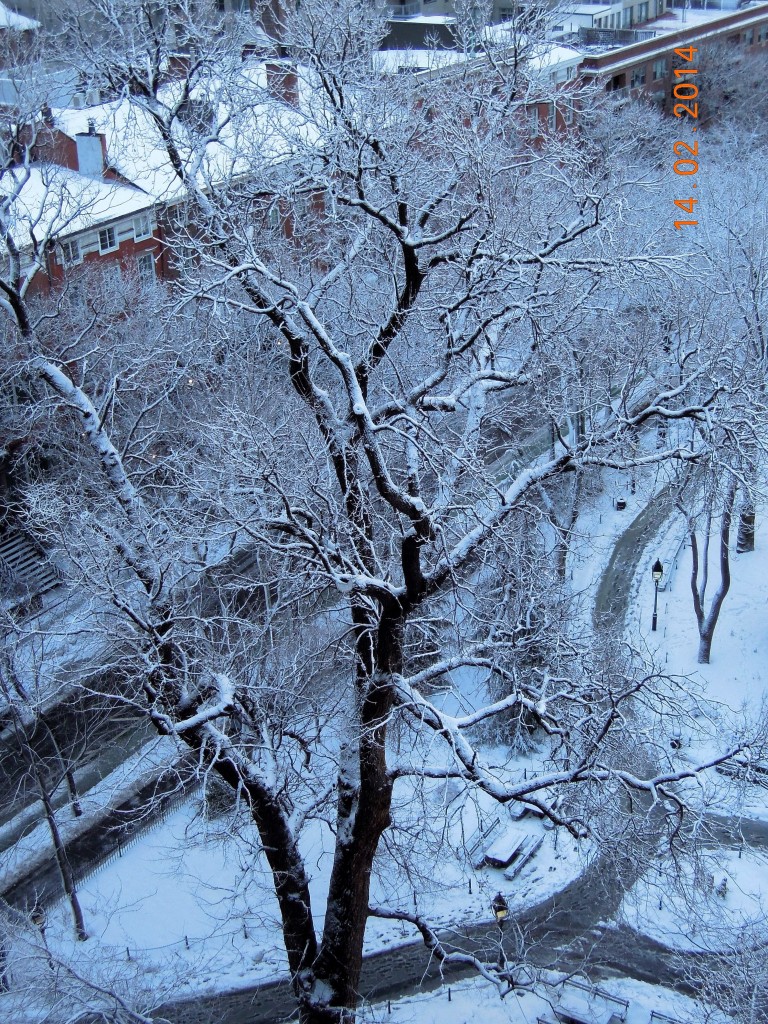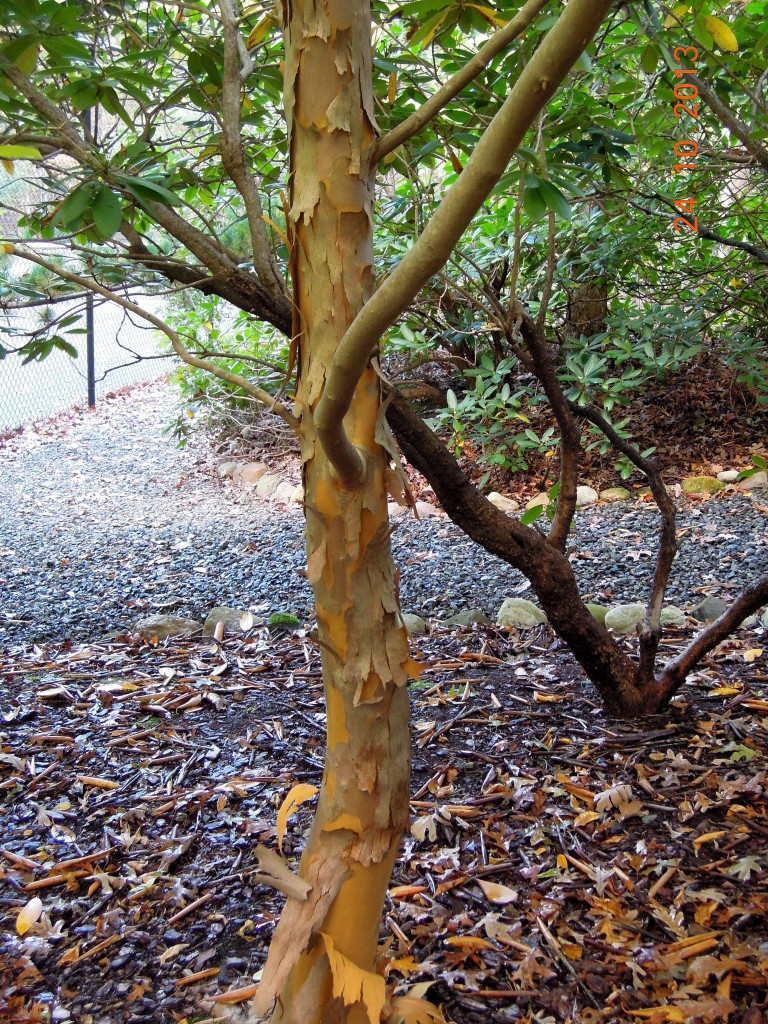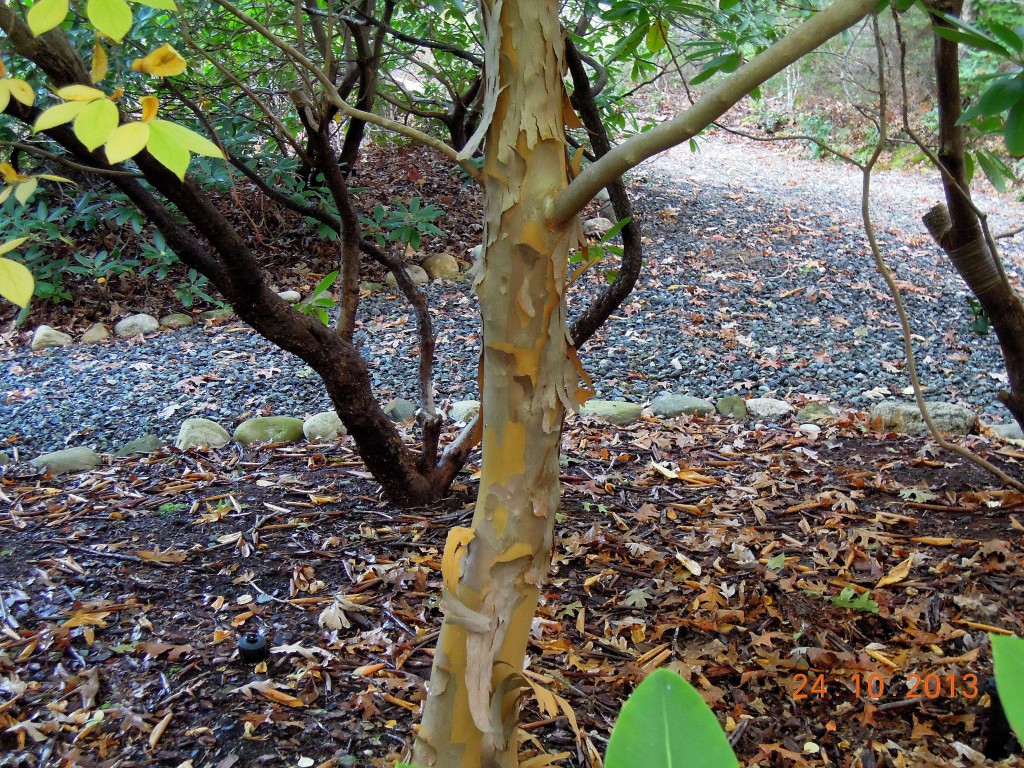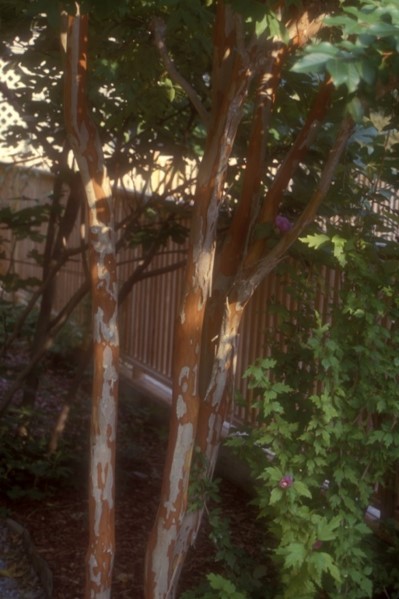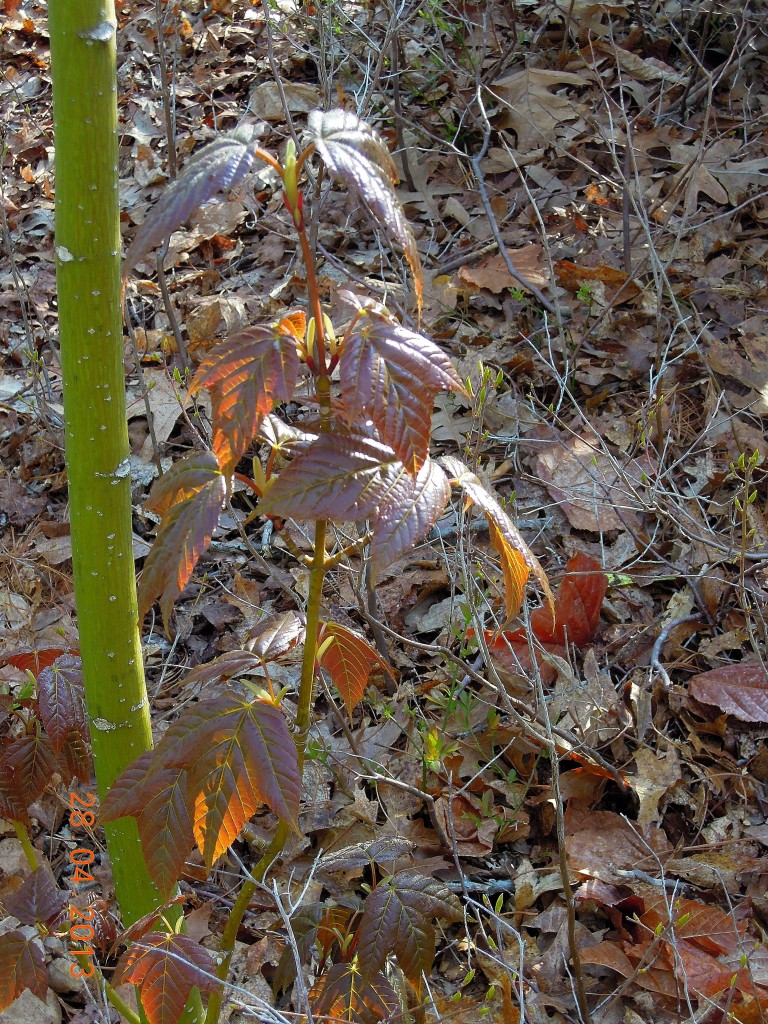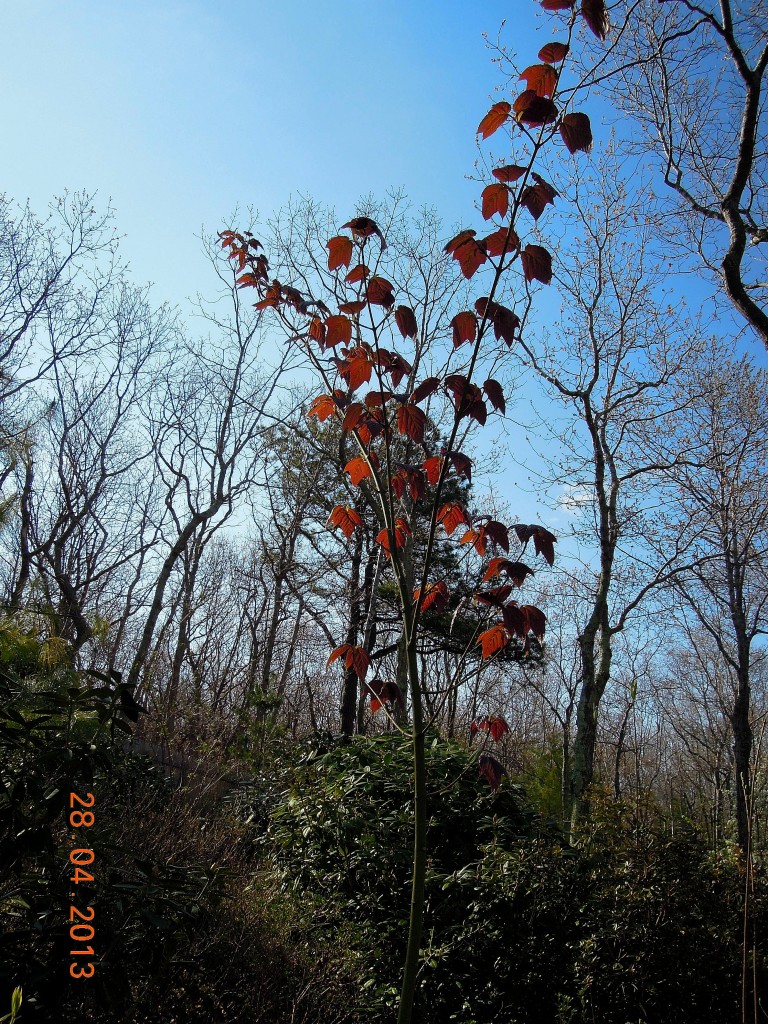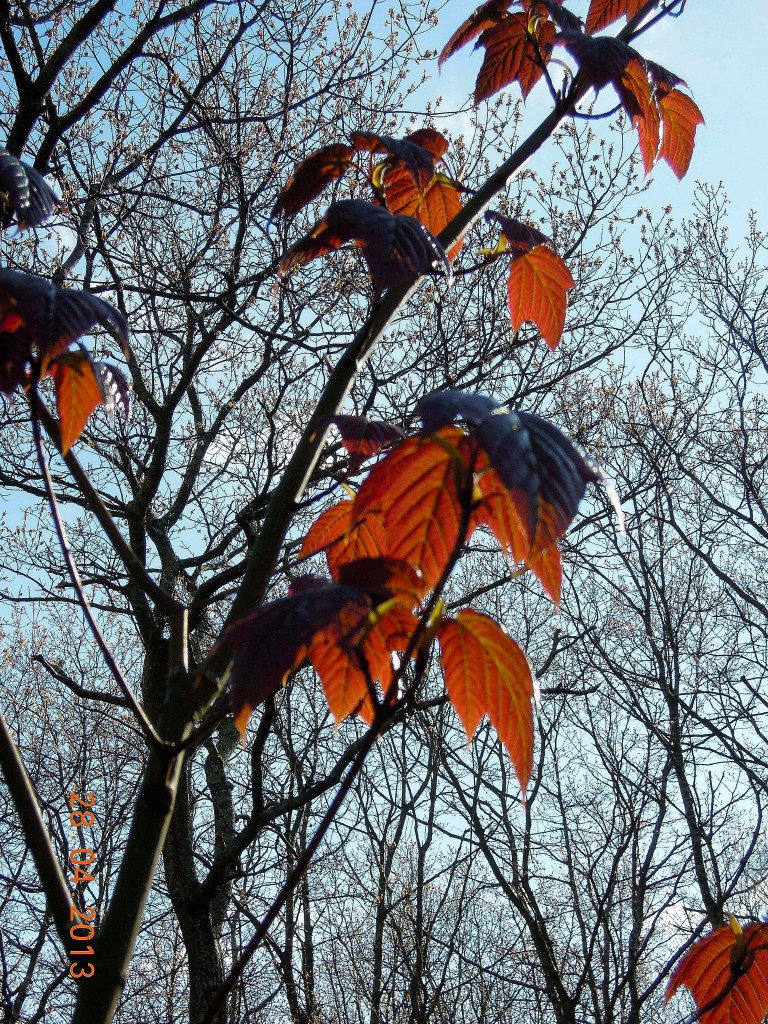Spring is just a shiver away. For me, it can’t come soon enough.
A pox on this winter!!!!! Too frigid! Too much snow! Too much black ice! ENOUGH ALREADY!
Last month we had to flee from our house because we were nearly out of heating oil – we used in two months what we would normally use in four – and couldn’t refill because the oil truck could not get up our driveway. Did I mention that it was a solid sheet of ice? We barely made our escape. A most harrowing experience.
Yet as much as I hate to admit it, the garden is magical in winter’s icy-white embrace – especially the trees.
In a letter to his brother Theo, Vincent van Gogh said, “in all of nature, in trees for instance, I see expression and a soul”. Surely true of the “Hanging Tree”, a majestic English Elm in Washington Square Park, N.Y. At 335 years old, it is the oldest living tree in Manhattan, and at 110 feet tall, one of the most stately. And in winter, quite something. (Photos below.)
According to legend, this Elm was the site of many hangings – ergo the name, “Hanging Tree” – but there is no real evidence of this. (So instead, why not call it the “Wondrous Tree”? Despite Dutch Elm Disease that has killed millions of its kin and Park renovations that have endangered its root system, it has survived to a ripe old age. Wondrous, no?)
When choosing a tree for my garden, apart from winter presence I think about multi-season attributes, like the interesting peeling bark of the Stewartias and Crepe Myrtles. (Two photos below of Stewartia pseudocamellia and then one of Crepe Myrtle, Lagerstroemia x ‘Natchez’.)
I also swoon over trees with green trunks. I took a chance with an Acer davidii seedling from Camellia Forest Nursery – one never knows with seedlings. Sure enough, it doesn’t resemble A. davidii. It’s even better! The new foliage is a rich burnt orange, creating in Spring a fabulous color contrast with the beautiful, solid green bark. (I call it A. x davidii ‘David Parks’, after one of the owners of Camellia Forest.) Photos below.
DANGER ALERT: On the subject of seeds, seedlings, and longevity, The New York Times recently reported that in 2012 Russian scientists grew a flower from a seed buried for 32,000 years in Siberian permafrost. Pretty remarkable. But, according to the Times, now a team of Russian and French scientists are engaged in “a resurrection of a more sinister nature. From Siberian permafrost more than 30,000 years old, they have revived a virus that is new to science”. In the words of one of the scientists: “Sixty percent of its gene content doesn’t resemble anything on earth.” And while they admit that human infection is “a worrying possibility”, they have not stopped the extractions. (The New York Times, March 4, 2014, p.D5, cols.1-4.)
Am I the only one who finds this terrifying?
0



